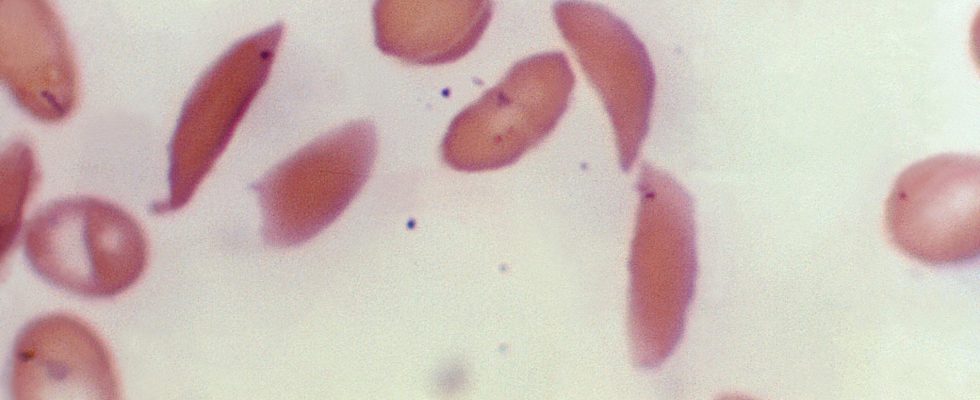Save the article
As the first country in the world, Great Britain has approved a treatment based on the Nobel prize-winning gene scissor technique.
– A historic, positive moment in history, says geneticist Helen O’Neill.
Three years ago, the technology was awarded the Nobel Prize, a research that was partly developed at the University of Umeå. Now Britain has become the first country in the world to approve the so-called gene scissors for the treatment of two serious blood disorders.
The gene therapy means that the patient is first given chemotherapy, before doctors extract stem cells from the patient’s bone marrow. But using the so-called crispr technology, often described as the gene scissors, the cells can be treated in a laboratory before being returned to the patient.
The treatment has been approved for patients over twelve years of age with sickle cell anemia and thalassemia. Both are diseases that are currently treated with complicated blood transfusions or bone marrow transplants with severe side effects as a result.
– The word ‘cure’ has so far been incompatible with sickle cell anemia and thalassemia, says Helen O’Neill, geneticist at University College London.
She considers the approval to be a “historic, positive moment in history”.
– The future of life-changing medicines lies in crispr-based technology.
The approval for sickle cell anemia is based on a study with 29 patients. 28 of them had no serious problems from the disease one year after the treatment. For thalassemia, 39 of the 42 patients in the study did not need any transfusions.
FACT Sickle cell disease and thalassemia
Sickle cell disease is an inherited condition that leads to a change in the protein hemoglobin. The blood cells become deformed under certain types of stress and get a different shape and a shorter lifespan. It makes the blood more viscous. Blood circulation deteriorates and there is a risk of clogging of the vessels and lack of oxygen in the body’s tissues. The shortened lifespan of the blood cells also causes anemia.
The disease can lead to several serious complications, such as impaired blood flow to various organs, infections, leg ulcers, kidney damage as well as blood clots and bleeding in the brain.
The number of people in Europe with the disease is believed to be at least 52,000 (2022).
Thalassemia is a collective name for several hereditary diseases in which hemoglobin is formed incorrectly. The disease leads to a lack of hemoglobin, which in turn causes anemia.
There are probably around 100 people in Sweden with the severe form of thalassemia that requires blood transfusions.
Source: National Board of Health and Welfare
Read more
